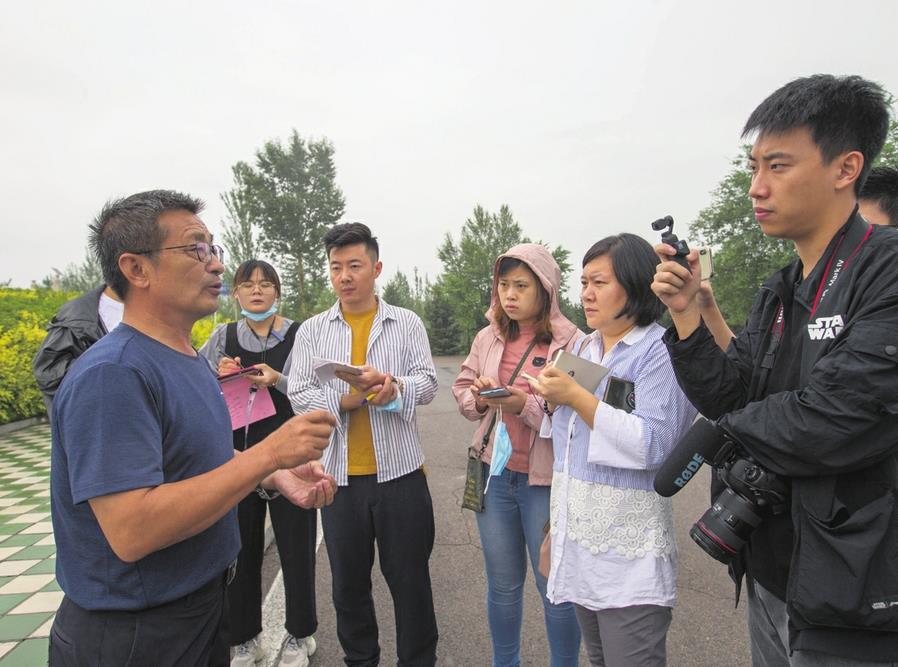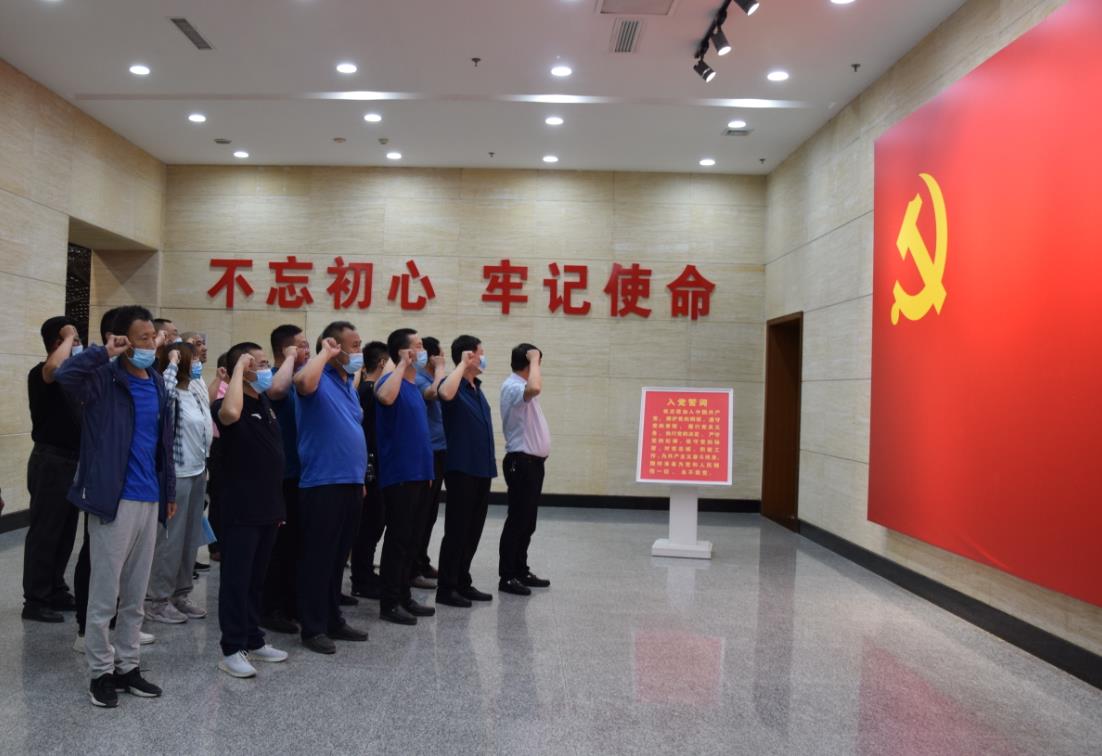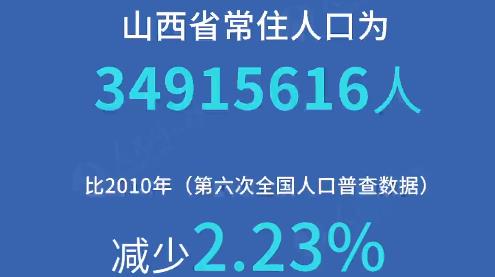
Zhao Shuzhong (left), an official in Youyu county, tells journalists about the latest progress in poverty reduction and environmental protection. ZHANG YUN/FOR CHINA DAILY
Ahead of her journey to Beijing, where she will work as a nanny, Cao Guohua-a resident of Tianzhen county in the northeast of Shanxi province-was interviewed by a group of journalists from China's major media outlets.
The journalists were in Shanxi between July 15-19, to report on how Shanxi's poverty alleviation has progressed.
Cao told the reporters that she received an offer from a home service company in Beijing. It promised a monthly salary of 6,000 yuan ($856) to serve a family there.
"I am from an impoverished family in Sanshilipu village in Tianzhen county. We used to earn about 10,000 yuan a year by farming," Cao said.
She said a change took place in 2017, after she finished training in home service at a local school.
"I went to Beijing after the training course finished. Since then I have served three employers with annual pay between 50,000 and 60,000 yuan.
"The income helped my family escape poverty immediately," Cao said.
Cao said she stayed at home in Tianzhen for about half a year due to the outbreak of COVID-19. She received the new offer of work in Beijing after it recently lowered its level of emergency response to the outbreak.
Tianzhen is one of the least-developed counties in Shanxi province. Its farmland and other resources are limited and have been identified as major bottlenecks which hinder local development and residents' income growth.
To solve the problem, the local government has cooperated with local businesses to establish a number of vocational schools. They offer training courses for locals to learn professional skills and find jobs in and outside Shanxi.
After conducting research in some of China's major cities, local officials found home service a promising sector for female laborers from rural areas. Therefore, training for the industry is a main feature in Tianzhen. The development strategy helped lift Tianzhen from its poverty status in February.
In Datong city in northern Shanxi, the journalists learned that planting the edible herb of day lily is a major source for local farmers to increase their revenue. The city's Yunzhou district is a key area for growing the herb.
According to Pang Youjun, chief of the agriculture and rural affairs bureau in Yunzhou, the planting area of the herb exceeded 10,000 hectares in the district. There are 109 villages, 95 plantation cooperatives and 15 processing enterprises engaged in the cultivation and production of day lily products. Revenue from the industry reached 700 million yuan last year.
He said the government of Yunzhou has released a series of preferential policies to boost the sector's growth. These include a subsidy of 15,000 yuan for each hectare of day lily crop; projects for improving the water supply, electricity and road facilities; and incentives in financing, insurance and technical instruction services.
In addition, the government has allocated a fund worth 400 million yuan to support the development of the day lily industry.
Wu Guofu is farmer in Jijiazhuang village in Yunzhou district. He told the reporters that he began to grow day lily three years ago and now has an annual income of more than 10,000 yuan from the output on his 0.13-hectare farm.
"I leased 3 hectares of farmland to a local cooperative for day lily planting and production, which adds another 20,000 yuan to my family revenue," Wu said.
Li Zhifeng, head of the cooperative, said it currently grows day lily on farmland of about 50 hectares rented from local farmers.
"The harvest of the edible flowers can last more than four months from May to September. We estimate the per-hectare yield can amount to 150,000 yuan," Li said.
He added that the cooperative benefits nearly 200 households in the village.
"Farmers' revenues include rental of their land and payment for their work in the cooperative," Li said.
Guo Yanjie contributed to this story.
By YUAN SHENGGAO
 山西路桥:党建引领 建好“四好农村路”山西路桥建设集团党委扎实开展“党建质量提升年”,实施“六大工程”,立足“十四五”高质量、高速度、高效益发展的战略基点,全面提高党建质量和党建引领发展水平,为打造“国内一流的交通基础设施投资、建设、施工现代化企业集团”提供坚强政治保障。
山西路桥:党建引领 建好“四好农村路”山西路桥建设集团党委扎实开展“党建质量提升年”,实施“六大工程”,立足“十四五”高质量、高速度、高效益发展的战略基点,全面提高党建质量和党建引领发展水平,为打造“国内一流的交通基础设施投资、建设、施工现代化企业集团”提供坚强政治保障。
 常住人口3491万 山西人口普查数据"出炉"山西省统计局向社会通报山西省第七次全国人口普查主要数据。数据显示,山西省常住人口为34915616人,比2010年(第六次全国人口普查数据,下同)减少2.23%,年平均减少0.23%。山西省常住人口总量减少,主要受人口流动变化等因素影响。
常住人口3491万 山西人口普查数据"出炉"山西省统计局向社会通报山西省第七次全国人口普查主要数据。数据显示,山西省常住人口为34915616人,比2010年(第六次全国人口普查数据,下同)减少2.23%,年平均减少0.23%。山西省常住人口总量减少,主要受人口流动变化等因素影响。